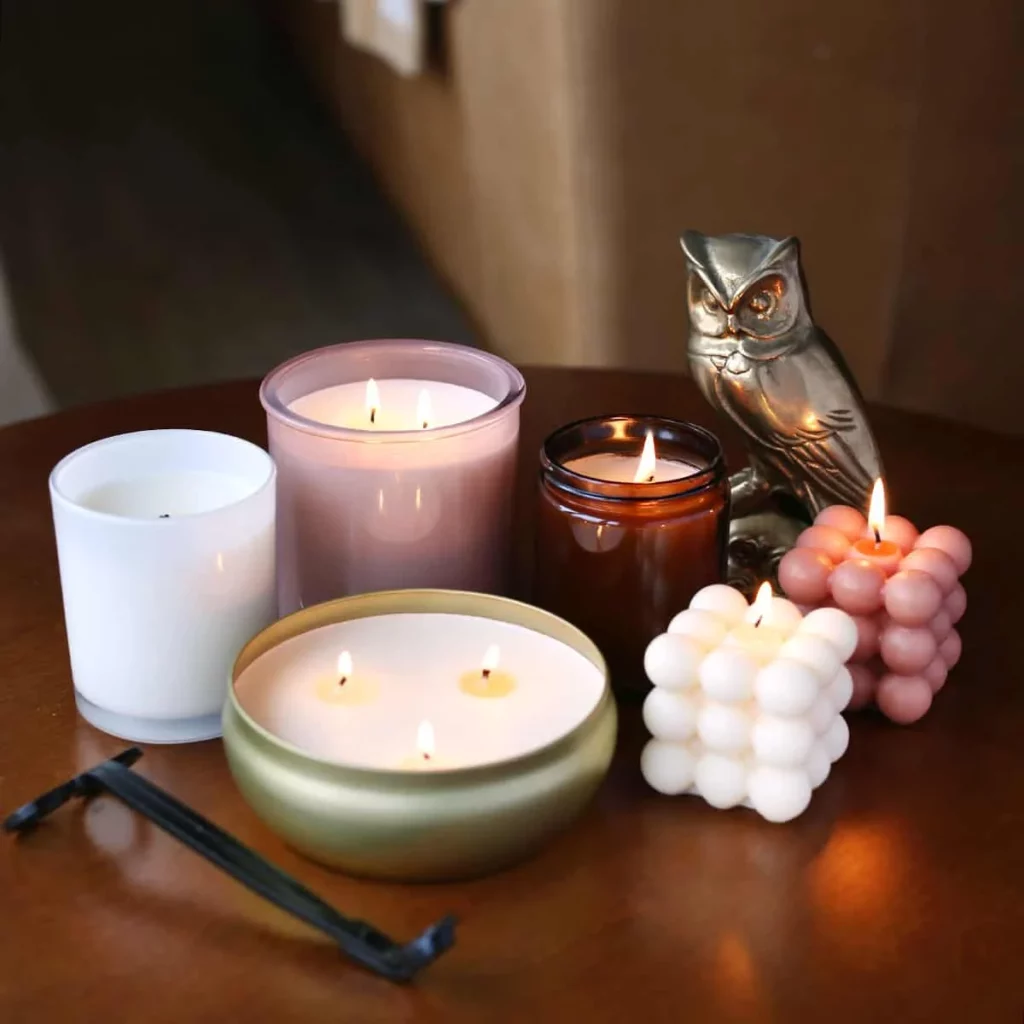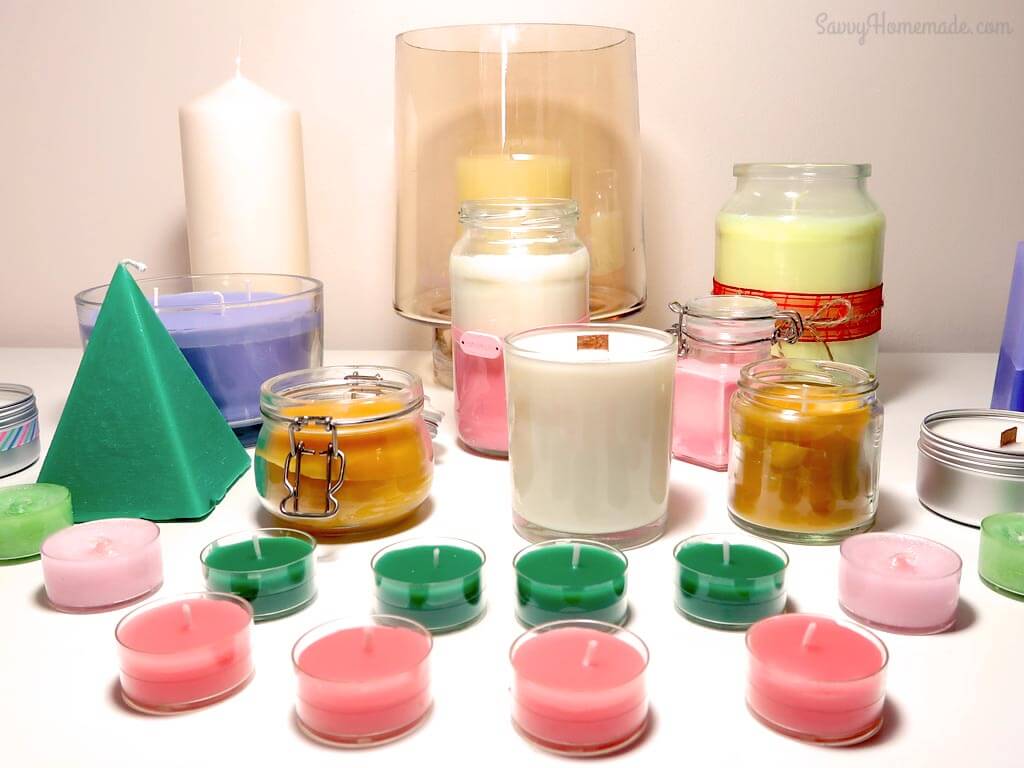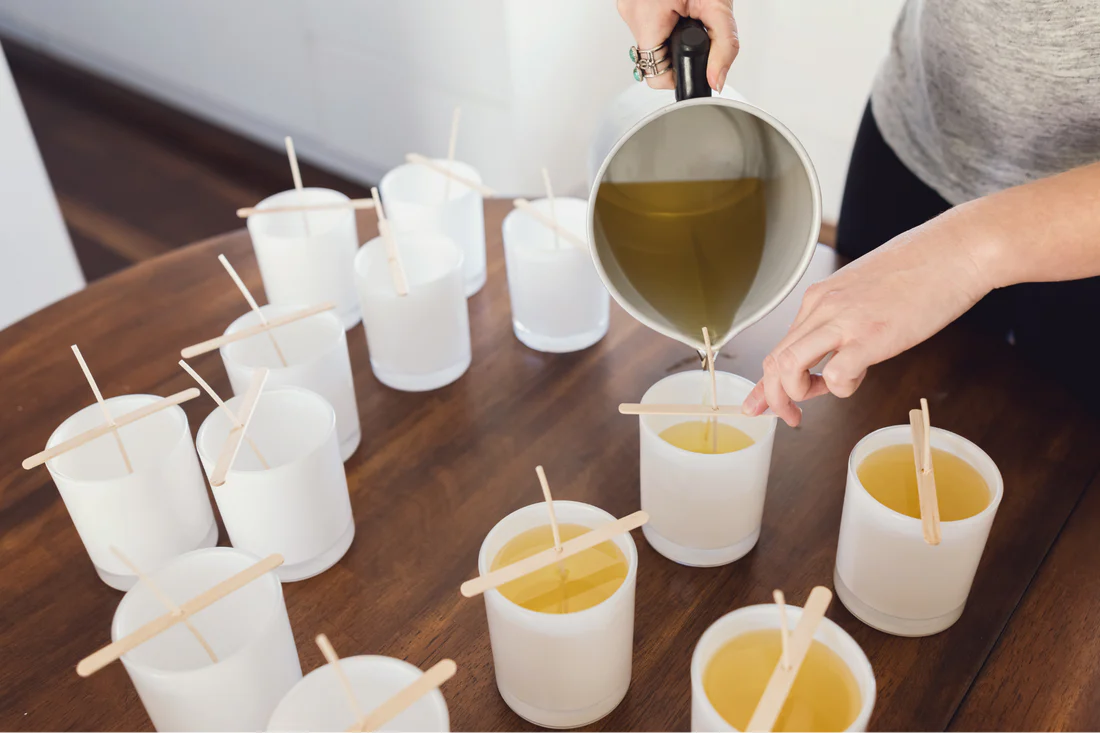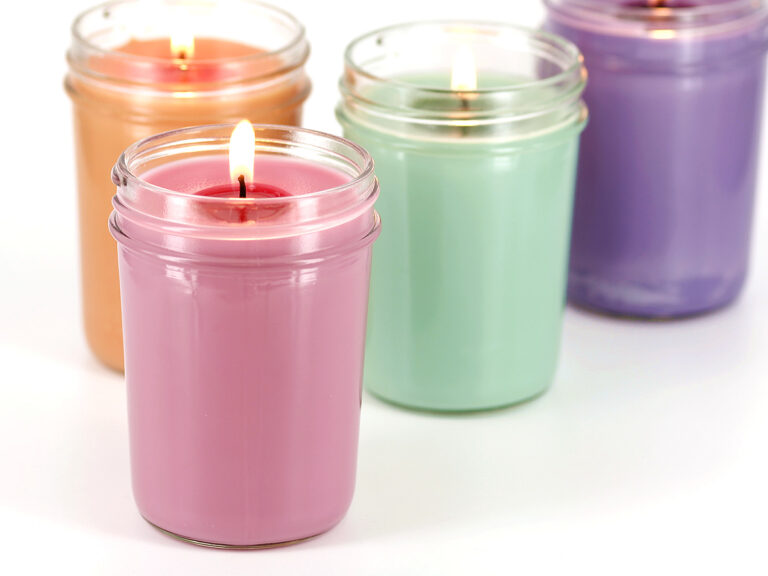The Ultimate Guide to Candle Making Wax and Wicks
Candle making is a beloved craft that allows individuals to create their own beautiful and fragrant candles. To delve into this craft and create high-quality candles, it is crucial to understand the basics of candle making and the importance of using quality wax and wicks. Additionally, exploring the variety of candle wax and candle wick options will further enhance your candle-making skills. In this comprehensive guide, we will explore all these topics and more, equipping you with the knowledge you need to embark on your candle making journey.
Understanding the Basics of Candle Making
Candle making is both an art and a science. Before delving into the specifics of wax and wicks, it is essential to grasp the fundamentals of candle making. The process involves melting wax, adding fragrance and color, and pouring the mixture into a container with a wick.
When it comes to candle making, using high-quality wax and wicks is paramount to producing exceptional candles. The wax serves as the fuel source for the flame and determines the candle’s burn time, scent throw, and appearance. Likewise, the wick is responsible for ensuring a clean and steady burn.
A well-crafted candle requires careful consideration of several factors, including the choice of wax and wick. These components play a crucial role in the candle’s fragrance throw, burn time, and overall performance. Let’s start by exploring the importance of quality wax and wicks.
The Importance of Quality Wax and Wicks
Investing in premium-quality wax and wicks may seem like an additional expense, but it pays off in the end. Quality ingredients result in long-lasting, fragrant candles that burn evenly and emit little to no soot. Now, let’s explore the different types of candle wax available in the market.

Different Types of Candle Wax
There are several types of candle wax to choose from, each with its own unique characteristics. Popular options include paraffin wax, soy wax, beeswax, and palm wax. Here, we will discuss the pros and cons of each variety to help you make an informed decision.
Paraffin wax is the most commonly used wax in candle making. It is affordable, readily available, and offers a wide range of colors and scents. However, paraffin wax is derived from petroleum, making it a non-renewable resource. Soy wax, on the other hand, is made from soybean oil and is a renewable and eco-friendly alternative. It has a lower melting point, resulting in a longer burn time and cleaner burn. Beeswax is another natural option, known for its sweet, honey-like scent and beautiful, golden color. Lastly, palm wax is derived from palm oil and produces candles with a unique crystalline appearance. Learn more about sweet, honey at https://www.canr.msu.edu/news/benefits_of_honey
Different Types of Candle Wicks
Equally important as choosing the right wax is selecting the appropriate wick for your candle. The wick plays a significant role in how the candle burns, and different types of wicks offer various benefits. Let’s explore the different types of candle wicks commonly used in candle making.
Cotton wicks are the most popular choice for candle making due to their versatility and reliability. They come in various sizes and are suitable for different types of wax. Wooden wicks, on the other hand, provide a unique crackling sound reminiscent of a cozy fireplace. They are often used in soy wax candles to enhance the overall sensory experience. Zinc-core wicks are commonly used in container candles as they offer a stable and controlled burn. Lastly, paper-core wicks are a great choice for scented candles as they are designed to minimize the interference of the wick with the fragrance throw. Click here to learn more about zinc.
Delving into the World of Candle Wax
Now that we understand the importance of quality wax and wicks, let’s dive deeper into the specific types of candle wax available in the market. Each variety has its own set of advantages and disadvantages, which we will explore in detail to assist you in selecting the perfect wax for your candles.
When it comes to candle making, paraffin wax is one of the most widely used types. Derived from petroleum, paraffin wax offers numerous advantages that make it a popular choice among candle makers. One of its key benefits is its affordability, making it a cost-effective option for those on a budget. Additionally, paraffin wax is highly versatile, allowing for various candle shapes and designs to be easily achieved. However, it is important to note that paraffin wax does have some drawbacks. One of the main concerns is the production of soot, which can accumulate on surfaces and affect indoor air quality. Furthermore, paraffin wax is a non-renewable resource, which may not align with the sustainability goals of some candle makers.
Soy wax has gained significant popularity among environmentally conscious candle makers in recent years. Made from soybeans, this type of wax offers several advantages that make it an attractive choice. Firstly, soy wax is a renewable resource, making it a more sustainable option compared to paraffin wax. Additionally, soy wax emits less soot when burned, contributing to cleaner air quality. Another benefit of soy wax is its longer burn time, allowing for extended enjoyment of your candles. However, it is worth mentioning that soy wax can be more expensive than paraffin wax. Additionally, some candle makers may find that soy wax requires a higher fragrance load to achieve a strong scent throw, which can impact the overall cost and scent performance of the candles.
For those seeking a natural and luxurious option, beeswax is an excellent choice. Beeswax is a natural wax produced by honeybees, known for its distinct aroma and beautiful golden color. One of the main advantages of beeswax is its clean burn, which produces little to no soot, ensuring a healthier environment. Additionally, beeswax has a long burn time, allowing for hours of candle enjoyment. However, it is important to note that beeswax is often pricier than other wax options. Furthermore, due to its unique properties, beeswax may require additional research to ensure proper wicking, as using the wrong wick can result in an inefficient burn.
Another eco-friendly alternative to traditional candle waxes is palm wax, derived from palm oil. Palm wax offers several advantages that make it an appealing choice for environmentally conscious candle makers. One notable feature of palm wax is its beautiful crystalline finish, which adds an elegant touch to candles. Additionally, palm wax has an excellent scent throw, allowing for a strong and long-lasting fragrance experience. However, it is important to consider the environmental concerns associated with the cultivation of palm oil. Unsustainable palm oil production has led to deforestation and habitat destruction, impacting wildlife and ecosystems. Therefore, it is crucial to source palm wax from sustainable and certified suppliers to ensure responsible and ethical candle making practices.
Exploring the Variety of Candle Wicks
Aside from the wax, the choice of wick significantly impacts the performance of your candles. Different wick materials and sizes offer unique burning characteristics. Let’s explore the pros and cons of various candle wicks so you can make an informed decision.
When it comes to selecting the perfect wick for your candles, it’s essential to consider not only the aesthetic appeal but also the functionality and performance. Each type of wick brings its own set of advantages and challenges, catering to different preferences and candle-making techniques.
Cotton Wicks: Pros and Cons
Cotton wicks are the most common types of wicks used in candle making. They are cost-effective, readily available, and provide a steady burn. However, cotton wicks may require larger sizes for larger candles and can sometimes have an inconsistent burn.
One of the key benefits of cotton wicks is their versatility. They work well with various types of wax and are suitable for different candle sizes and shapes. Additionally, cotton wicks are known for their minimal mushrooming, which helps maintain a cleaner burn and reduces soot formation.
Wood Wicks: Pros and Cons
Wood wicks provide a unique aesthetic and crackling sound reminiscent of a fireplace. They offer an even burn and excellent fragrance throw. However, wood wicks require proper sizing and occasionally need to be trimmed to prevent excessive smoking.
One of the standout features of wood wicks is their ability to create a cozy ambiance with their gentle flickering and soothing crackling sound. They are particularly popular for soy wax candles due to their ability to produce a broader melt pool, ensuring a more even burn and maximizing the scent throw of the candle.
Hemp Wicks: Pros and Cons
Hemp wicks, made from natural hemp fibers, are an eco-friendly option that burns cleanly and slowly. They are suitable for container candles and offer an authentic, rustic look. However, hemp wicks may require a larger size and can sometimes produce a noticeable scent.
For eco-conscious candle makers, hemp wicks are a popular choice due to their sustainability and biodegradability. They are known for their slow burn rate, which can help extend the life of your candle. Additionally, hemp wicks are less prone to bending or leaning during the burning process, contributing to a more consistent and efficient burn.

The Science Behind Candle Burning
Now that we have explored various types of wax and wicks, it’s time to understand the science behind candle burning. The interplay between wax and wick is fascinating and influences the overall performance of candles.
Delving deeper into the science of candle burning reveals a complex dance of heat, chemistry, and physics. As the flame ignites, it heats the surrounding wax, causing it to melt and be drawn up the wick through capillary action. This process is not just about aesthetics; it is a delicate balance that impacts the candle’s efficiency and longevity.
How Wax and Wicks Work Together
When a candle burns, the heat of the flame melts the surrounding wax, which is then drawn up the wick through capillary action. The liquid wax vaporizes and combusts, creating the mesmerizing glow and releasing fragrance into the air. The choice of wax and wick determines how efficiently this process occurs.
Furthermore, the type of wax used can significantly affect the candle’s performance. Soy wax, for example, burns cleaner and longer than paraffin wax, making it a popular choice for environmentally conscious candle makers. Beeswax, on the other hand, emits a subtle honey scent and has natural air purifying properties, adding an extra dimension to the candle burning experience.
The Role of Wick Size in Candle Burning
The size of the wick plays a crucial role in how a candle burns. A wick that is too small may result in a weak flame, causing poor fragrance throw and incomplete wax pool. Conversely, a wick that is too large can lead to excessive smoking and sooting. Selecting the correct wick size based on the diameter of your container is essential for optimal performance.
As you immerse yourself in the art of candle making, remember that each candle is a unique creation, reflecting not only your choice of materials but also the care and precision with which it was crafted. The journey of crafting the perfect candle is a rewarding one, filled with experimentation and discovery. Embrace the science behind candle burning, and let it guide you towards creating candles that not only illuminate a room but also spark joy and inspiration.
Other resources: Tips for Using Soy Wax 464 in Your Candle Making Projects


